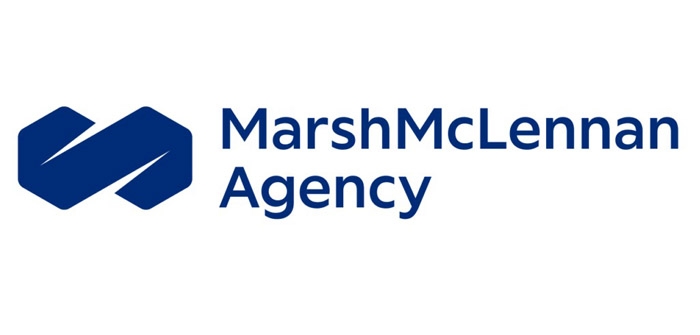In recent years, Central Oregon has faced a growing challenge: the increasing frequency and severity of wildfires. This environmental shift has had significant repercussions, particularly in the realm of home insurance. For residents of certain areas of Central Oregon, insuring homes against fire damage is becoming increasingly complicated and costly.
Factors contributing to this include prolonged droughts, higher temperatures, and densely forested areas that provide ample fuel for fires. As wildfires become more frequent and severe, the risk to homes in the region has escalated. Having been a Bend resident since 2000, the uptick in natural disasters has really started fairly recently about seven to eight years ago. I remember a time when there was hardly ever a smoke problem in the summertime and now we can come to expect long periods in August due to wildfires not only in Central Oregon but all over the Northwest United States and Canada. How does this impact home insurance as a whole?
Impact on Home Insurance
- Higher Premiums: Insurance companies assess risk to determine premiums. With the increased likelihood of wildfires in Central Oregon, insurers are raising premiums to offset the potential for higher claims. Homeowners are seeing their insurance costs increase sharply, making it more expensive to maintain coverage.
- Policy Non-Renewals and Cancellations: In some cases, insurers are choosing not to renew policies or are canceling them altogether. Companies are re-evaluating their exposure to high-risk areas and, as a result, some homeowners are finding it difficult to secure or retain insurance.
- Stricter Underwriting Criteria: Insurers are implementing more stringent underwriting standards. This can include requirements for defensible space around homes, use of fire-resistant building materials, and compliance with local fire mitigation regulations. Meeting these criteria can be costly and challenging for homeowners.
- Limited Availability: The growing risk has led some insurance companies to limit the availability of policies in wildfire-prone areas. This reduces competition and leaves homeowners with fewer options, often leading to higher costs and less favorable terms.
Efforts to Mitigate Risk
To address these challenges, both insurers and homeowners have to start taking proactive steps:
- Community Efforts: Bend’s local government and community organizations are working together to enhance wildfire preparedness. Initiatives include creating fire breaks, conducting controlled burns, and educating residents on fire safety practices.
- Homeowner Actions: Homeowners are investing in measures to reduce their individual risk. This includes clearing vegetation, installing fire-resistant landscaping, and upgrading home materials to better withstand fires.
- Insurance Innovations: Some insurance companies are developing new products and services tailored to wildfire risk. This can include specialized wildfire coverage, risk assessment tools, and partnerships with wildfire mitigation services.
The Hardest Places to Insure Homes in Central Oregon
Generally speaking based upon my experience in the last year in a half, the areas of Central Oregon that are very hard to find coverage right now are Black Butte Ranch, Sisters, La Pine, Sunriver, Crooked River Ranch, Deschutes River Woods, and parts of Northwest Crossing that are closer to the mountains.
There are some houses in those areas where the only option is the Oregon FAIR plan insurance. The Oregon FAIR plan was established by the Oregon Legislature to offer fire insurance coverage on properties that are unable to procure insurance through admitted carriers. FAIR is very limited on coverage however, so in most cases, the insureds elect to pair the policy with a separate “difference of conditions” insurance policy, which basically fills in the gaps of the FAIR plan and adds coverage such as liability coverage, coverage against more perils beside fire like water damage, theft, etc. and some other ancillary coverages. FAIR’s maximum replacement cost in Oregon is 600K, and there are hopes among the insurance community that it will increase in the future as many homes in the area exceed the 600K replacement cost.
The Path Forward
The increasing threat of wildfires in Central Oregon presents a complex challenge for homeowners and insurers alike. While rising costs and stricter requirements are a burden, they also underscore the necessity of robust risk management strategies. Through community collaboration, individual preparedness, and innovative insurance solutions the hope is that the challenges faced now will help offset the insurance losses and the market will start to open up. We are seeing a little of that happening this year, and most people in the local insurance community are praying for a mild wildfire summer. This, along with mitigation efforts, stricter underwriting guidelines, higher premiums will make it easier for homeowners to procure coverage in the future.



